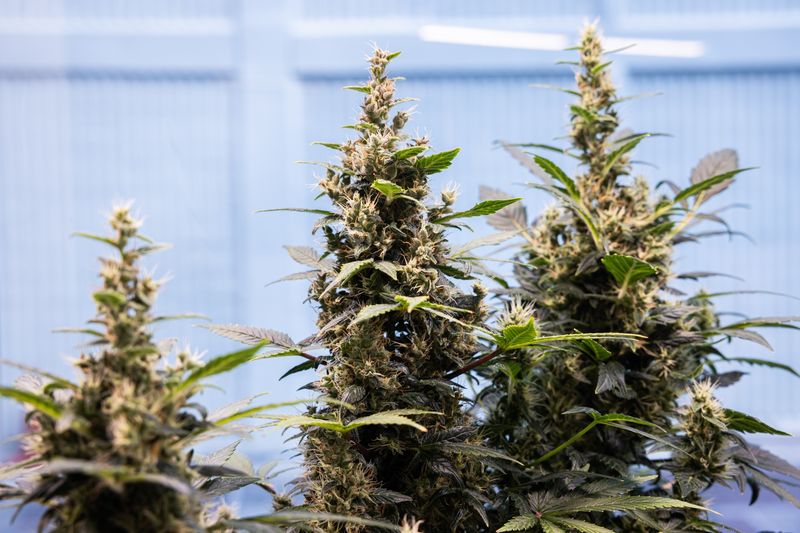Follow the money as Tiffany Kary shows you how once-illegal drugs like marijuana and psychedelics are becoming big business.
Welcome to my last newsletter of 2022 on the cannabis and psychedelics industries — we’ll be taking a one-week hiatus between Christmas and New Year’s. This week, I look at a trend that’s likely to loom large in the year to come.
Rock-bottom weed?
Marijuana keeps getting cheaper, and that’s becoming a growing problem for the industry.
If you thought regulatory issues were the cannabis industry’s biggest challenges going into 2023, take a closer look at the price of raw marijuana flower. Retail and wholesale prices have fallen as competition with the black market puts pressure on legal retailers to keep prices low, and this is making it hard for growers to get the supply-demand balance right.
“The industry today is facing a number of headwinds. The most existential is pricing,” said Rick Maturo, director of insights and intelligence for cannabis-data firm BDSA, during a webinar last week.
The retail price of a gram of marijuana dropped 13% to $9.43 in the third quarter of 2022 from $10.83 in the same period a year earlier — the steepest fall ever seen for marijuana in a 12-month period, according to BDSA. Wholesale price declines were even more dramatic, especially in more “mature” markets that have had legal programs for longer, BDSA data shows. In Colorado, the average price per pound has declined 51% since the fourth quarter of 2020. In Oregon, it’s down 36%.
The price declines are partially an after-effect of the strong growth seen during Covid-19 lockdowns, Maturo said. The industry may have anticipated that people who adopted or ramped up use during the pandemic would continue, but many didn’t, contributing to an oversupply of raw marijuana. Still, competition from the thriving black market is the main concern, he said.
Some states where marijuana has been legal the longest also seem to be approaching “peak weed,” with lower prices only creating tight margins for the industry instead of attracting new buyers. The compound annual growth rate from 2022 to 2026 is only anticipated to be 1% in Colorado and 2% in Oregon, according to BDSA. By comparison, New Jersey and Missouri, which just legalized recreational marijuana recently, are expected to experience 35% and 37% growth, respectively.
The challenge is expected to continue into 2023, Maturo said. While consumers have been buying more product in some places, it hasn’t been enough to offset the impact of falling prices, and this has made deals and promotions less effective. He referred to Colorado and Florida, where lower prices no longer increase demand. It adds up to sales in some markets that have that have fallen in dollar terms from a year earlier.
Companies that joined the BDSA call shared how they’re dealing with the issues, saying they’re digging deep into merchandising and price strategies and taking a store-by-store approach.
“It’s losing its novelty appeal,” said Acreage Holdings Chief Marketing Officer Patricia Rosi. “We’re entering a commoditized world.”
H/T: www.bloomberg.com



